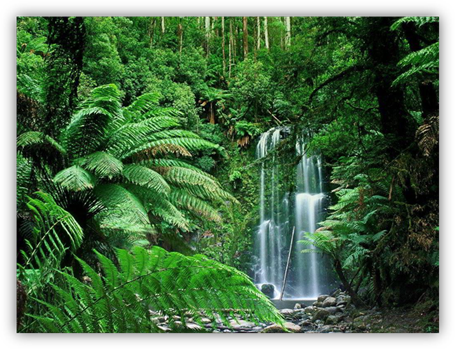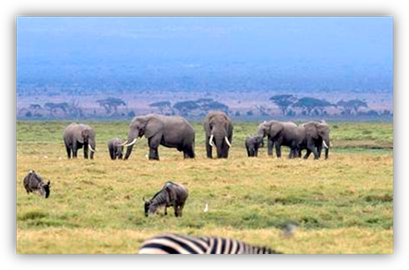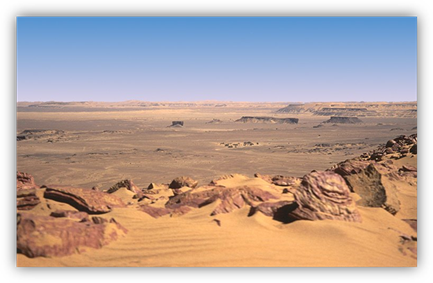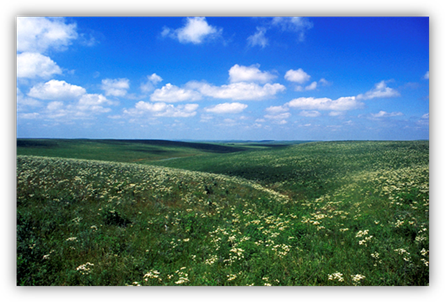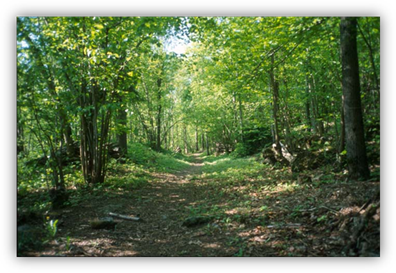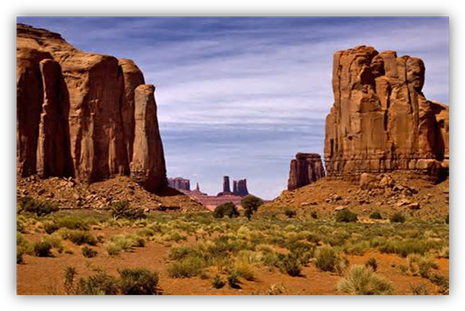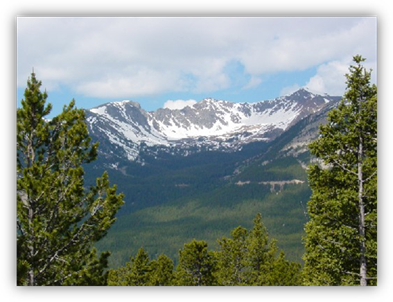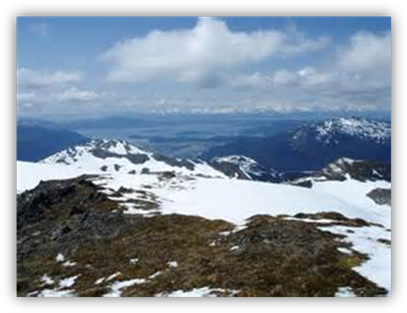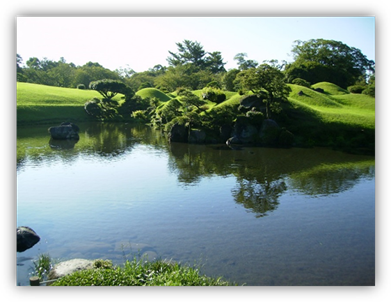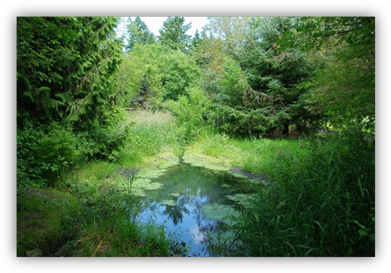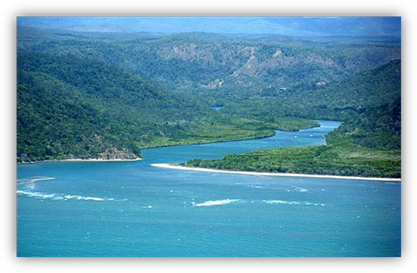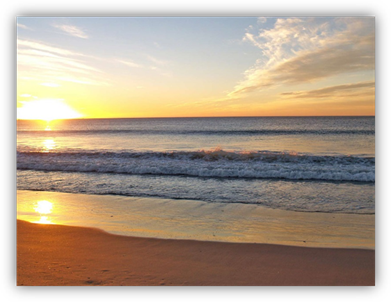ECOSYSTEMS
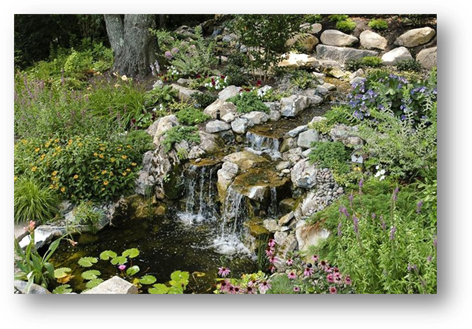
At this
point in the course, we will now begin to study the diversity and
interdependence of life. Whenever you travel through a natural environment you
see a variety of living things and nonliving things. At that particular moment
in time you may not have the opportunity to see how many of these organisms
interact. All organisms, including humans, that live together depend on each
other in some way and are therefore said to be interdependent. We will examine
how organisms interact with other organisms and with their environment. In this
study of the diversity and interdependence of life, we will examine ecology to
better understand Ecosystems. Ecology
is the study of the interactions of living organisms
with one another and with their environment. Each organism on Earth depends
in some way on other living and nonliving things in its environment. Do not
confuse ecology with environmental science. Environmental science is the study of the air, water, and land surrounding an
organism or a community. An Ecosystem includes a community of
organisms and their abiotic environment.
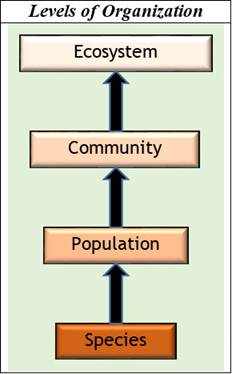
Community
A species is a
group of organisms of a single type that are capable of producing fertile
offspring. A species is a specific type of organism, such as a northern
cardinal (Cardinalis cardinalis). To
only say that a “bird” is a species is incorrect, because there are so many
different types of birds. A population
is all of the members of a species that live in one
place at one time. The physical limits determining the size of a population
vary. A population can be defined as the number of northern cardinals that live
in a tree in your backyard, in your city or town, or in your state. A community is a
term used to describe the different types of species that all live in the same
habitat and interact with one another. A habitat is the place where an organism usually lives.
Within a
community there are biotic and abiotic factors. A biotic factor is any living factor or any
factor resulting from the activities of a living thing within an ecosystem. Biotic
factors are any type of animal, plant, 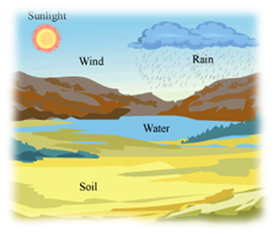 fungus,
protist, and/or bacteria which live within that location. A biotic factor may
also include any once-living organism, such as dead organisms and the waste of
organisms. An abiotic factor is any physical nonliving factor within the environment. Examples
of abiotic factors include rocks, water, sunlight, temperature, and climate.
fungus,
protist, and/or bacteria which live within that location. A biotic factor may
also include any once-living organism, such as dead organisms and the waste of
organisms. An abiotic factor is any physical nonliving factor within the environment. Examples
of abiotic factors include rocks, water, sunlight, temperature, and climate.
Abiotic
factors have a direct effect on biotic factors, therefore, these two factors
are not independent of each other. As abiotic factors change so do the biotic
factors. Looking at the abiotic factor of water with plants demonstrates the
effect of an abiotic factor. The availability of water determines how plants
will grow. If a garden has a good supply of water, a gardener can expect tomato
plants to grow better and produce more tomatoes than tomato plants in a drier
garden. You can also see an effect with animals and water. If an ecosystem has
a limited supply of water it would be difficult to find larger animals living
in that habitat, because there would not be enough water for the larger animals
to survive.
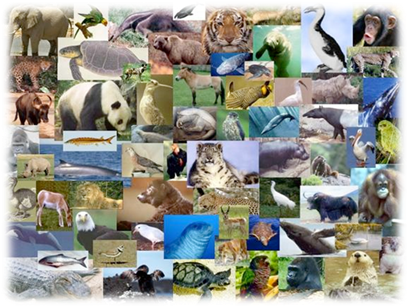
Biodiversity describes the
variety of organisms living in a given area. The number of different types
of organisms living in a specific area is directly related to the abiotic
factors available. The more abiotic resources that are available (water, ideal
temperature, protected places to live, etc.), the better the opportunity to
have high biodiversity, therefore, observing many different types of living
organisms in the same area. An example of an area with high biodiversity would
be a rain forest, an example of an area with low biodiversity would be the
North Pole. Ecosystems with a high biodiversity are better able to respond to
damage to the ecosystem as with severe weather and human activities. Ecosystems
with a low biodiversity will be greatly affected by a dramatic change in the
ecosystem as a result of severe weather or human activities. Biotic factors are
greatly affected by abiotic factors, therefore, abiotic and biotic factors are
considered interdependent.
Succession
Many times
it seems like an ecosystem never changes, however, all ecosystems change. An
ecosystem changes as the species within the ecosystem change as a result of the
resources available. Succession is the replacement of one kind of community by another at a
single place over a period of time. There are two types of succession:
primary succession and secondary succession.
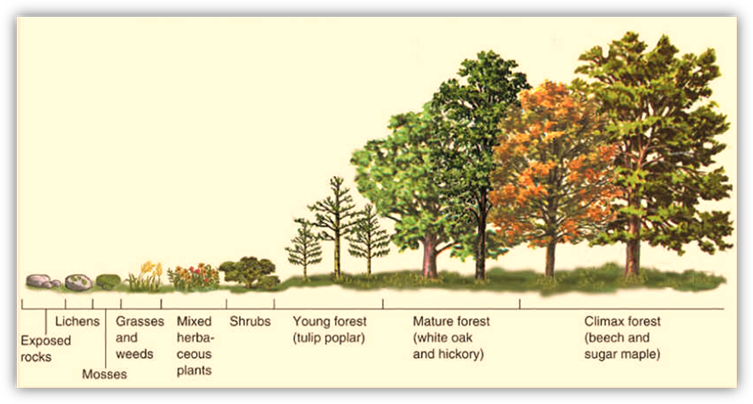
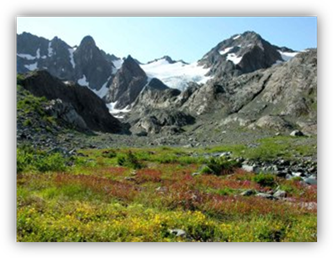
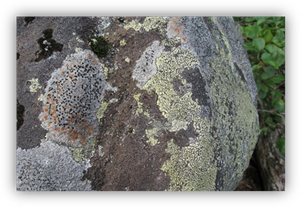 Primary Succession tends to be a slow process which
involves the development of a community in an area that has not
previously supported life. Examples of areas that have not previously supported
life would be new islands formed from erupted volcanoes, or land exposed after
a glacier has receded. Primary succession always begins with pioneer species. Pioneer species are organisms that break
down rock into soil with few nutrients for other organisms to utilize later.
Pioneer species are often small, fast-growing plants that reproduce quickly.
The most common pioneer species is an organism known as lichen, which is actually a combination of algae and/or bacteria,
and a fungus. The role of the algae or bacteria is to undergo photosynthesis
and produce food for the fungus, while the fungus provides protection for the
algae or bacteria from the environment. The role of the fungus is to break down
the rock of which the lichen is attached. After the pioneer species begin to
form some sort of soil, the next organisms to develop are grasses and small
shrubs. As more soil becomes available, trees and animals will begin to inhabit
the new ecosystem.
Primary Succession tends to be a slow process which
involves the development of a community in an area that has not
previously supported life. Examples of areas that have not previously supported
life would be new islands formed from erupted volcanoes, or land exposed after
a glacier has receded. Primary succession always begins with pioneer species. Pioneer species are organisms that break
down rock into soil with few nutrients for other organisms to utilize later.
Pioneer species are often small, fast-growing plants that reproduce quickly.
The most common pioneer species is an organism known as lichen, which is actually a combination of algae and/or bacteria,
and a fungus. The role of the algae or bacteria is to undergo photosynthesis
and produce food for the fungus, while the fungus provides protection for the
algae or bacteria from the environment. The role of the fungus is to break down
the rock of which the lichen is attached. After the pioneer species begin to
form some sort of soil, the next organisms to develop are grasses and small
shrubs. As more soil becomes available, trees and animals will begin to inhabit
the new ecosystem.
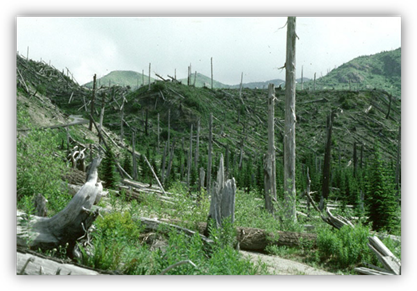
Secondary Succession tends to be a faster process than
primary succession, and involves the development of a community in an area that
already sustained life. Examples of areas that have previously sustained life
would be areas that experienced forest fires or a severe storm such as a
hurricane. Secondary succession normally does not have the need to begin with
pioneer species because soil is already established. Therefore, secondary
succession normally begins with the grasses and small shrubs. The fact that
soil is already present and the possibility that there may be some seeds or
roots still present in the soil helps make secondary succession a faster
process than primary succession.
Biomes
When looking
at the particular places species live, it is important to recognize the climate
of the area. Climate is the average
weather conditions in an area over a long period of time. Paying attention to
climate can help us identify the different terrestrial biomes where organisms
can live. A biome is a large region
characterized by a specific type of climate and certain types of plant and
animal communities. The two important features that determine the different
types of biomes are temperature and precipitation. Most organisms are adapted
to a particular temperature and precipitation range, therefore, you normally
would not find the organisms of one type of biome in another biome. The
different biomes on Earth can be grouped into three groups according to
latitude: tropical, temperate, and polar.
|
Terrestrial
Biomes |
||||
|
Tropical Biomes: ·
Located at low latitudes near the
equator. ·
Have warm temperatures. ·
Have a wide range of rainfall. |
||||
|
Biome |
Characteristics |
Biome Organisms |
||
|
Tropical Rain Forest |
ü Receives large amounts of rain. ü Warm all year long. ü Greatest biodiversity of all land
biomes. |
Sloth,
Parrots, Monkeys, Snakes, Broad-leaved evergreen trees |
||
|
|
Tropical Rain Forest |
|||
|
|
||||
|
Savannas (Tropical Grasslands) |
ü Long dry seasons. ü Short wet season. |
Zebras,
Lions, Elephants, Tall grasses, Scattered trees |
||
|
|
TROPICAL GRASSLANDS |
|||
|
|
||||
|
Tropical Deserts (also
known as hot deserts) |
ü Very little rain (less than
savannas). ü Fewer plants and animals. |
Camel,
Lizards, Snakes, Cactus |
||
|
|
TROPICAL DESERT |
|||
|
Temperate Biomes: ·
Located at mid-latitudes. ·
Have a wide range of temperatures. ·
Have a wide range of rainfall. |
|||||
|
Biome |
Characteristics |
Biome Organisms |
|||
|
Temperate Grasslands
(also known as prairie, steppes,
pampas, and veldt) |
ü Moderate rainfall. ü Cooler temperatures than tropical
grasslands. ü Few trees. |
Bison,
Prairie dogs, Wolves, Tall grasses |
|||
|
|
TEMPERATE GRASSLANDS |
||||
|
|
|||||
|
Temperate Forests |
ü Moderate rainfall (slightly more
than grasslands). ü Temperate deciduous forest
have trees that lose their leaves every fall. ü Temperate evergreen forest
have trees that do not lose their leaves or needles. |
Deer,
Beavers, Raccoons, Broad-leaved trees (oak, maple), and Conifers
(needle-leaved evergreen trees with cones) |
|||
|
|
TEMPERATE FOREST |
||||
|
|
|||||
|
Temperate Deserts (also
known as cold deserts) |
ü Very little rainfall. ü Very similar to Tropical Desert,
main difference is latitude and temperate desert has a lower average annual
temperature. |
Camel,
Lizards, Snakes, Cactus |
|||
|
|
TEMPERATE DESERT |
||||
|
Polar (High-Latitude) Biomes: ·
Located at high-latitudes. ·
Have cold temperatures. ·
Have low amounts of rainfall |
||
|
Biome |
Characteristics |
Biome Organisms |
|
Taiga |
ü Cold, wet climate. ü Most precipitation occurs in
summer. ü Winters are long and cold. |
Moose,
Wolves, Bears, Conifers |
|
|
TAIGA |
|
|
|
||
|
Tundra |
ü Very cold and very little rain. ü Most of the water in the soil is
frozen (known as the permafrost). |
Artic
foxes, Caribous, Mosses, Lichens (treeless) |
|
|
TUNDRA |
|
AQUATIC ECOSYSTEMS
The bodies
of water where organisms can be found are not called biomes, they are called
aquatic ecosystems. Aquatic ecosystems do not recognize climate as in
temperature and precipitation as a distinguishing feature.
|
Aquatic Ecosystems |
||
|
Freshwater |
ü Bodies of freshwater (ex. lakes,
ponds, rivers, streams). |
|
|
Wetlands |
ü Land saturated with water (ex. swamps, marshes, bogs). |
|
|
Estuary |
ü Where freshwater, from rivers or
streams, mix with salt water from the ocean (ex. Chesapeake Bay). |
|
|
Marine |
ü Salt water of the oceans (ex.
oceans and locations within them). |
|
UNIT VOCABULARY REVIEW
Click on the Quizlet icon
below to access the quizlet.com vocabulary flash cards. Review the vocabulary
before completing your assessment.
 Now answer questions 1 through 20.
Now answer questions 1 through 20.
